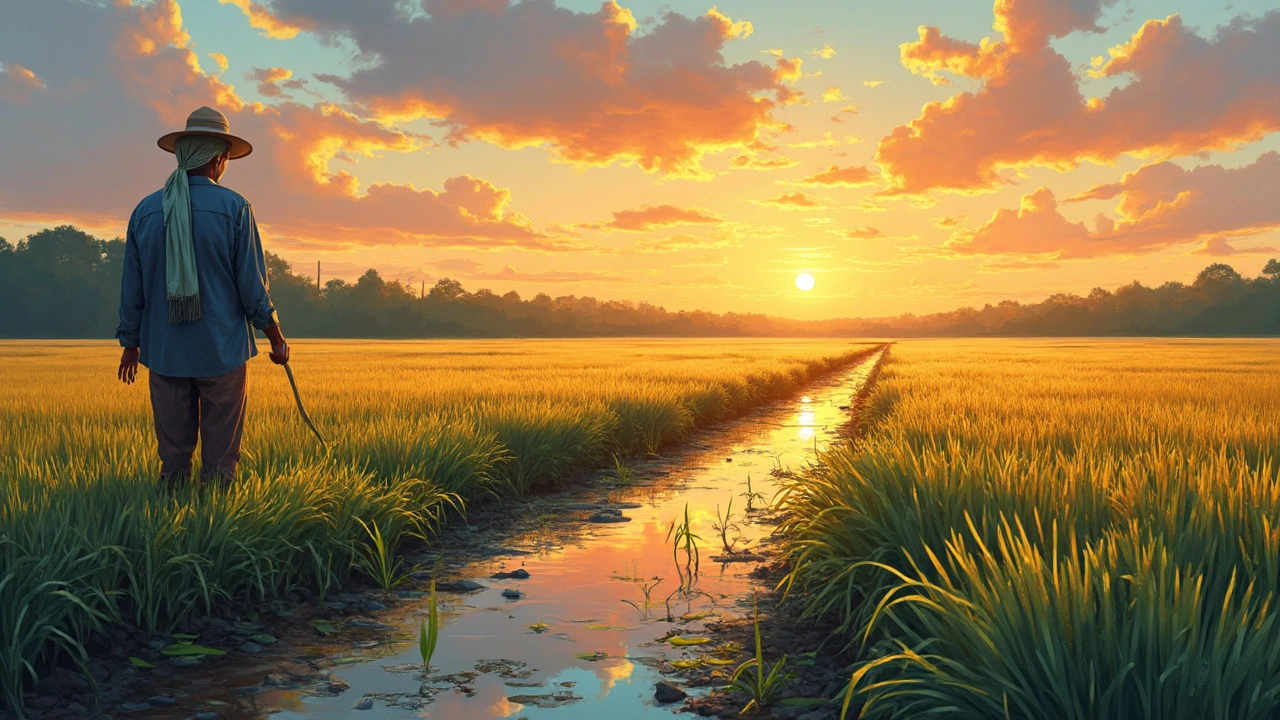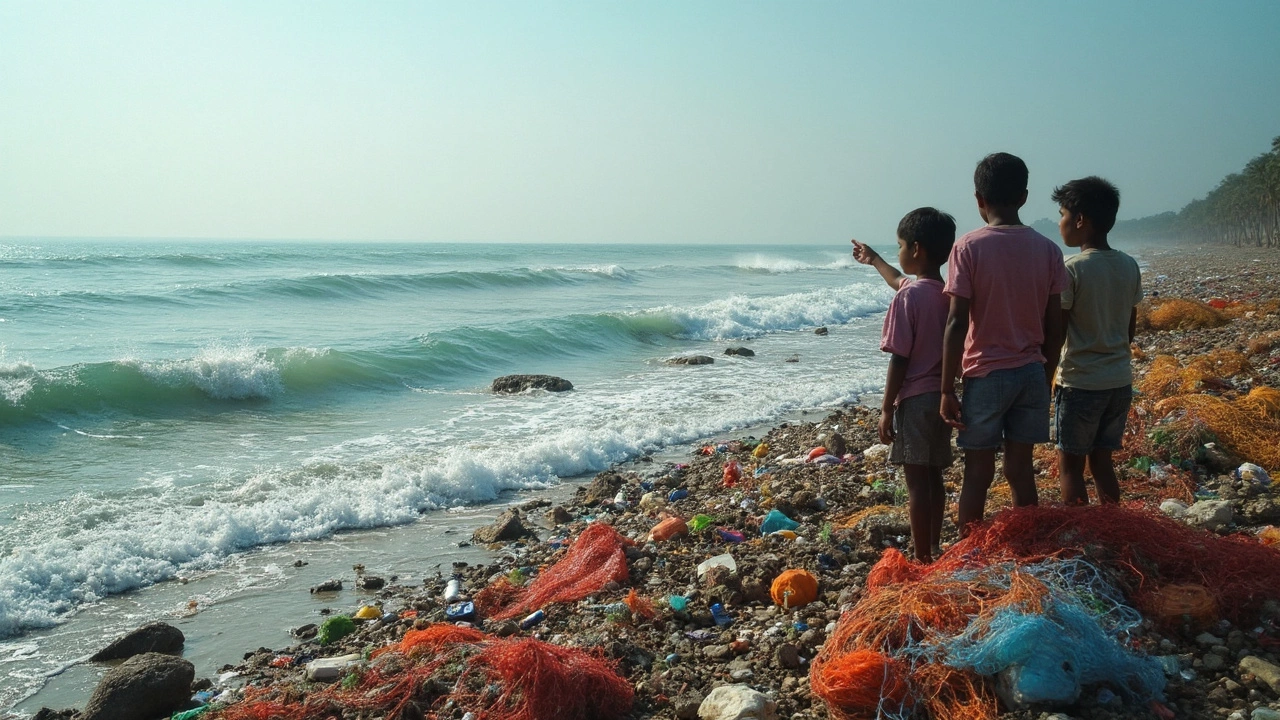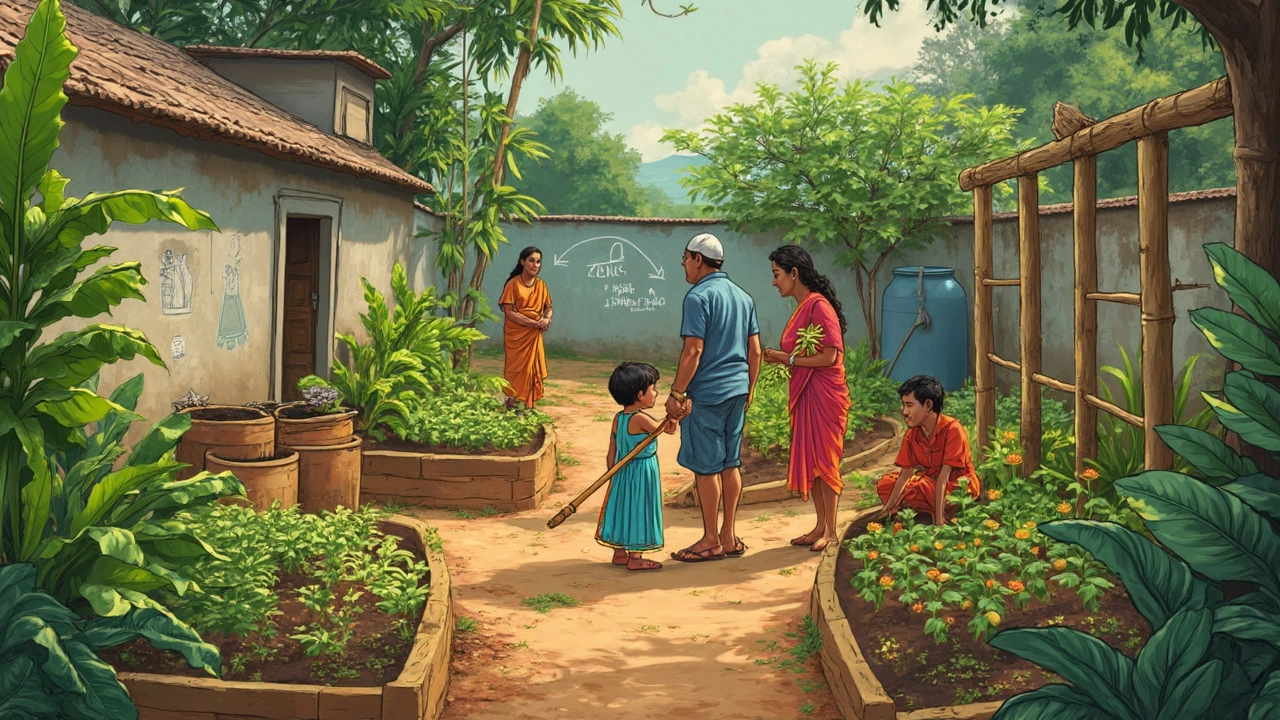Rice Supply: Trends, Production & Food Security
When assessing rice supply, the total quantity of rice that reaches kitchens after harvest, processing and trade. Also known as rice availability, it depends on crop yields, storage loss, transport efficiency and market demand. Understanding rice supply helps anyone—from a policy maker to a farmer—see where gaps appear and how to close them.
Why Production Matters
Every kilogram of rice on your plate starts with rice production, the amount of paddy harvested each season across fields, farms and large estates. The scale of production sets the ceiling for supply, but it’s not the only lever. Modern seed varieties, irrigation methods and mechanized harvesting boost yields, while climate shocks can shave them down. When production spikes, supply curves shift right, often lowering prices; when it dips, shortages can hit vulnerable regions hard.
Another key piece is annual rice consumption, the total rice eaten by a population over a year. In India, per‑person intake averages around 150 kg, so tiny changes in consumption patterns—like a shift to higher‑protein diets—have a noticeable impact on the overall balance. Matching consumption with production is the core of food‑security planning.
Finally, food security, the state where all people have reliable access to sufficient, safe, nutritious food, acts as both driver and outcome of rice supply. Strong food‑security policies invest in buffer stocks, efficient logistics and price monitoring, which in turn smooth out supply fluctuations. Conversely, an insecure food system can amplify panic buying and price spikes, stressing the supply chain further.
All these pieces—production, consumption and security—interlock to form the bigger picture of rice supply. Below you’ll find a curated set of articles that dive deeper into each angle: from ancient rice origins and state‑level production stats to practical guides on how much rice a person needs for a year. Browse on to see how each factor plays out in India’s evolving rice landscape.
Where Does the US Get Its Rice From?
Discover where the United States sources most of its rice and how domestic cultivation compares to imports. Learn about the key regions within the US that contribute to rice production and how seasonal changes affect yield. Explore interesting facts about rice import trends and understand the balance between local production and foreign sources.
- manufacturing
- India
- food processing
- garden tips
- rice cultivation
- government schemes
- balcony garden
- urban gardening
- balcony gardening
- profitable business
- business ideas
- plastic manufacturing
- drip irrigation
- plant care
- steel manufacturing
- sustainable gardening
- startup ideas
- steel industry
- flower gardening
- textile manufacturers






